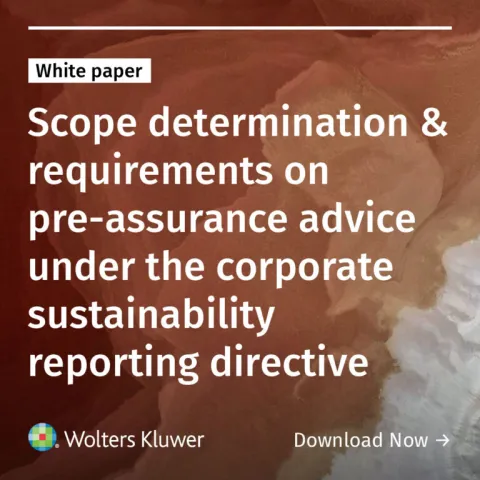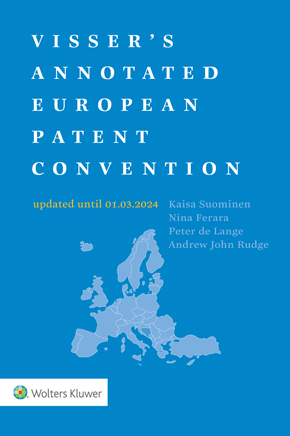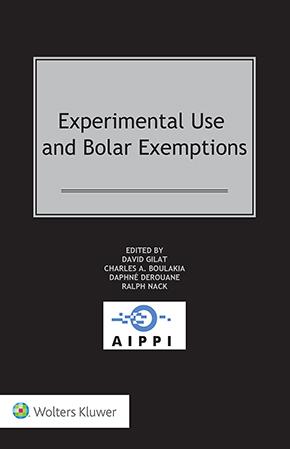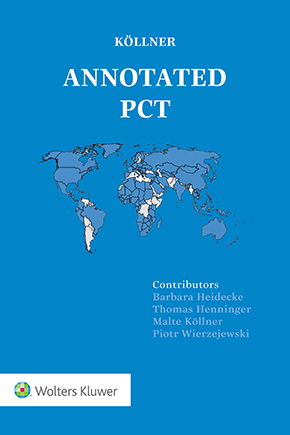EPO consultation on EPC and PCT-EPO Guidelines
February 2, 2023
The EPO has opened its public user consultation on the latest version of the EPC and PCT-EPO Guidelines, which will come into force on 1 March 2023. Users are invited to submit their comments in any of the EPO's three official languages via an online form by 4 April 2023.

The Guidelines for Examination in the European Patent Office and the Guidelines for Search and Examination at the European Patent Office as PCT Authority are revised every year to bring them into line with current legal and procedural developments. They are primarily aimed at EPO staff, but over the years they have become a much-consulted resource for illustrating the law and practice in proceedings before the EPO to external parties.
Each spring, the EPO invites users to share their views on the latest EPC and PCT-EPO Guidelines in a public online consultation. The input from the survey will form part of the discussions during the 25th meeting of the SACEPO Working Party on Guidelines in May 2023.
You may also like















Augustin Leblanc
SACEPO is BusinessEurope, large patent applicants. European citizens should not be forced to master foreign languages. You cannot force the languages when you participate in a public consultation organized by the European Commission.
Concerned observer
It seems that the EPO still has it in for "claim-like" clauses in the description. For situations where such clauses are consistent with the claims, can anyone explain to me which provision(s) of the EPC require the removal of such clauses? Looking at the amendments to F-IV, 4.4, it seems that the EPO no longer wishes to (attempt to) justify deletion of such in-scope, claim-like clauses by pointing to Rule 48(1)(c) EPC ("The European patent application shall not contain ... (c) any statement or other matter obviously irrelevant or unnecessary under the circumstances"). This is no doubt because a claim-like clause that describes an in-scope embodiment can hardly said to be "obviously irrelevant" or "unnecessary". Indeed, there are circumstances where retaining such a claim-like clause may be ESSENTIAL, for example where such a clause represents the sole disclosure in the application as filed of the subject matter of the claims. However, I am struggling to make sense of what now remains as the EPO's justification for deleting claim-like clauses: "claim-like clauses must also be deleted or amended to avoid claim-like language prior to grant since they otherwise may lead to unclarity on the subject-matter for which protection is sought". Unless I have badly misunderstood Article 84 EPC, I thought that it is only the claims (and NOT the description) that need satisfy the clarity requirement. Also, is it not the case that the claims need to be clear on their own? And in which universe does an IN-SCOPE, claim-like clause cast doubt upon the scope of the claims? I have yet to meet a person skilled in the art who has confused claim-like clauses for the claims proper, or been confused by the presence of both in a patent specification. If the EPO is going to base their practice upon the purported existence of such individuals, should they not first take steps to prove that they actually exist? Whilst many of us have long been puzzled by the EPO's rather strained logic on description amendments, their approach to claim-like clauses is bordering on the ridiculous.
Both sides
The passage in the guidelines about the removal of „claim-like clauses“ relates to the removal of subject matter which is not claimed or no longer falls under the claims. Naturally, there can be no question that „claim-like“ clauses that correspond to the claims do not need to be deleted. On the contrary, one should not forget that Art. 84 is not just about clarity but also about support, i.e. support of the claims in the description. So the wording of the claims should be in the description as well. I agree however that the wording in the guidelines may be misleading if read out of context with the EPC.